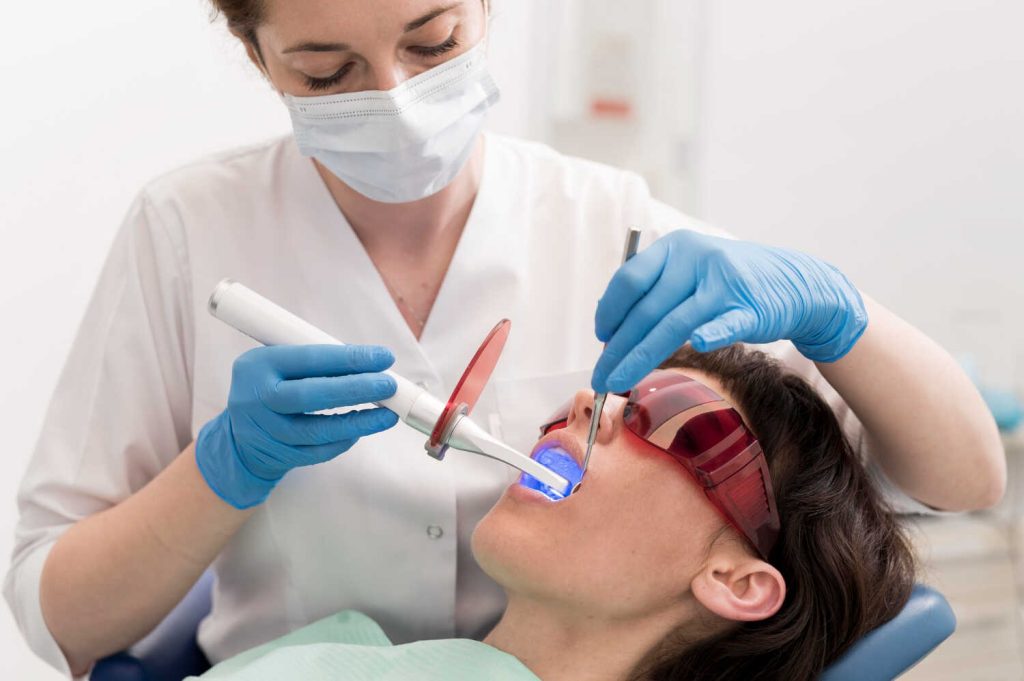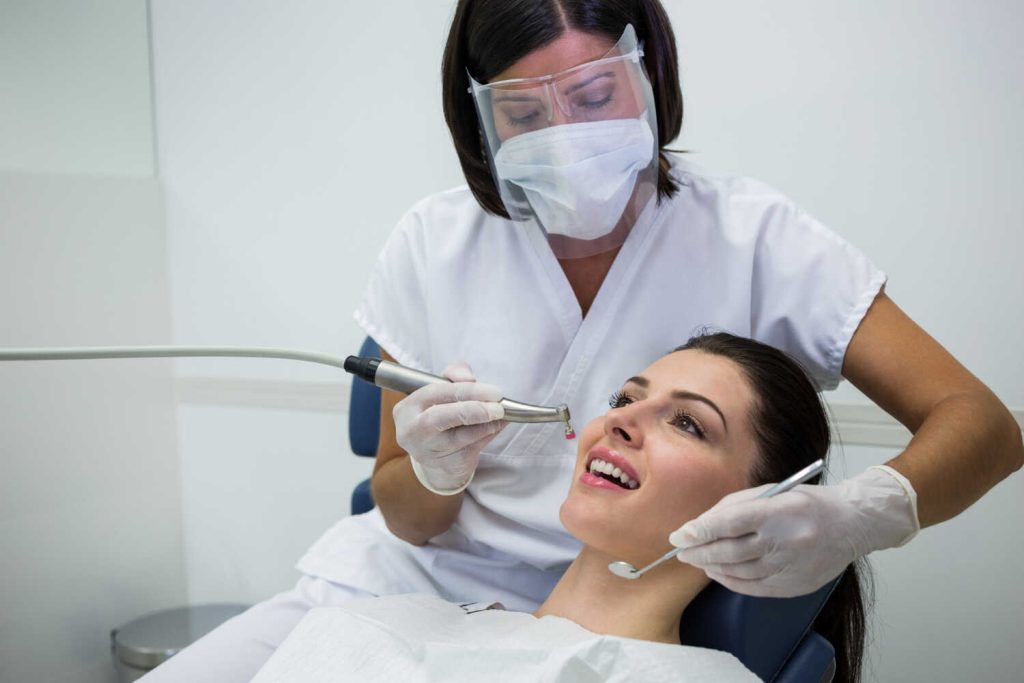Introduction
Over time, teeth can become stained or yellowed from food and drinks, smoking, medications, aging, and other factors. You may feel self-conscious about discolored teeth and want teeth whitening treatments to brighten your smile. However, if you have periodontal (gum) disease, you might wonder if teeth whitening is safe or effective when your gums are not entirely healthy. Here, we’ll examine how gum disease can impact various whitening procedures. While whitening is usually not recommended when active gum disease is present, there are some solutions for lightening your smile safely if you diligently treat and control your periodontal disease.
How Gum Disease Affects Your Smile
Periodontal disease results from a bacterial infection that inflames the gums and bones supporting the teeth. When left untreated, the tissues and bone structures become damaged. Signs and symptoms include:
- Red, swollen, or bleeding gums
- Persistent bad breath
- Gums receding from the teeth
- Loose or shifting teeth
- Pockets around teeth trap debris
This cumulative damage to gums and bone eventually causes extensive tooth loss if aggressive gum disease is uncontrolled. Even mild or moderate gum disease can impact the aesthetics of your smile.
Effects of Gum Disease on Whitening
Teeth whitening involves applying hydrogen or carbamide peroxide gels to the teeth to oxidize stains in the enamel. However, these chemicals can irritate and inflame gum tissues. Bleaching agents may cause or aggravate gum disease in the following ways:
- Bleeding and sore, inflamed gums
- Increased gum recession exposes more tooth roots
- Irritation and burning around restoration margins
- Higher risk of tissue necrosis from concentrated peroxides
- Rapid re-staining due to microbes and seeping via gum pockets
For these reasons, it’s usually recommended to fully treat any periodontal disease before undergoing whitening procedures. Completely resolving active infections helps avoid complications and improves the longevity of whitening results.
Treating Gum Disease Before Whitening
If you want to whiten your teeth but have untreated or recurring gum disease, the first step is to undergo extensive periodontal treatment and achieve gum health. This involves:
- Complete dental cleaning to remove plaque, calculus, and bacteria above and below the gum line
- Antibiotics or antimicrobial rinses to resolve infections
- Periodontal surgery to clean diseased pockets around teeth and smooth root surfaces
- Regular deep cleanings every 3-6 months to manage periodontal bacteria
- Ongoing monitoring to ensure gum health and stability
With diligent gum disease treatment, prevention, and good oral hygiene daily, your gums can return to a state of wellness for successful whitening.
Safe Whitening Options if You Have Gum Disease History
Certain precautions must be taken when whitening to avoid reactivating the disease if you have a history of gum disease or are prone to periodontal infections. Safe options include:
- Using custom-fitted whitening trays from your dentist to limit gum exposure to peroxides
- Low-concentration whitening gels instead of intense power bleaching
- Desensitizing pretreatment rinses or pastes to minimize gum irritation
- Avoiding whitening solutions with alcohol that dry out gum tissues
- Careful isolation of gums during in-office whitening sessions
- Opting for lighter whitening activated by LED light instead of harsher UV or laser light
- Touch-up whitening periodically instead of prolonged exposure to peroxides
Be sure to have regular dental cleanings and exams during and after whitening treatment to monitor for gum inflammation. Report any unusual gum sensitivity or pain to your dentist promptly.
Lifestyle Changes for Gum Health
In addition to professional treatment, improving daily oral hygiene and habits after whitening is critical to sustaining gum health and white teeth, including:
- Proper twice-daily brushing and flossing
- Using antimicrobial mouthwashes to control bacteria
- Quitting smoking and tobacco products
- Reducing stress and excessive clenching/grinding
- Drinking plenty of water to stay hydrated
- Eating a balanced diet low in sugar
Conclusion
Active gum disease requires treatment by a dentist to resolve infection before undergoing teeth whitening procedures. Even people prone to periodontal disease can enjoy a brighter, whiter smile long-term with diligent oral hygiene and gum care. Consult our team at Mylifesmiles Dental Clinic to determine the safest options to enhance your smile while prioritizing the health of your gums and whole mouth.





